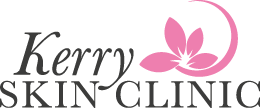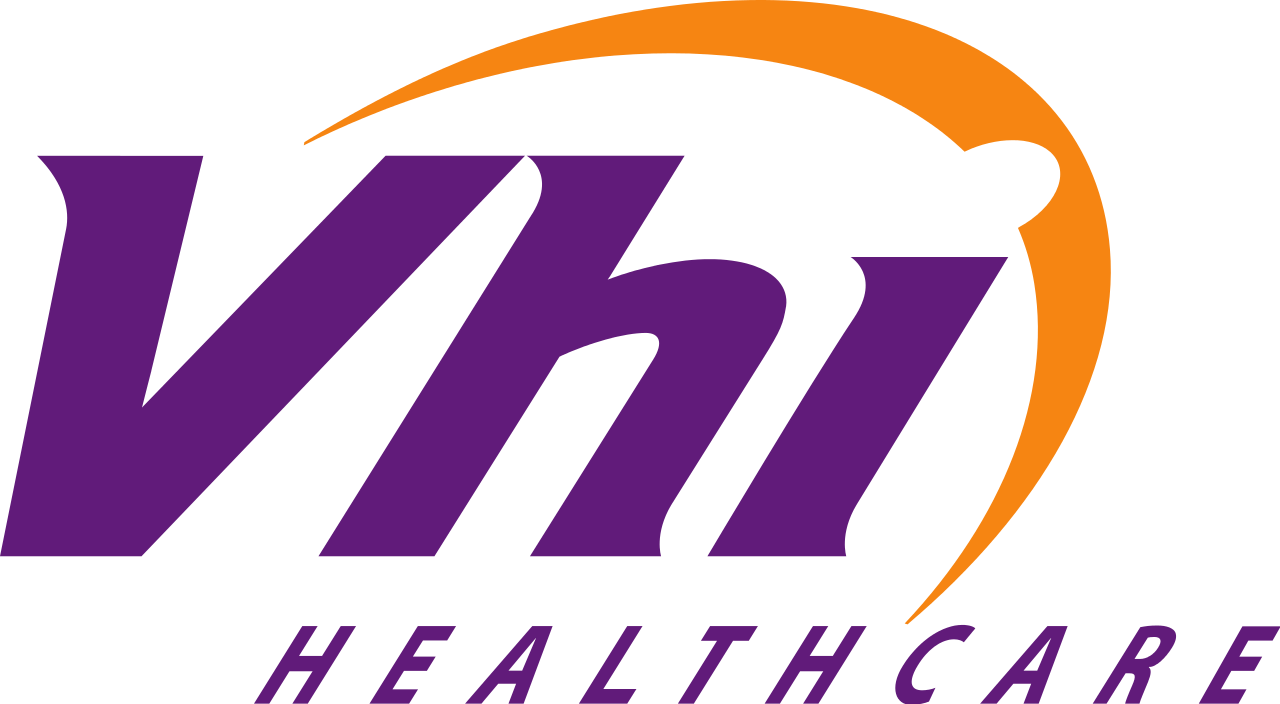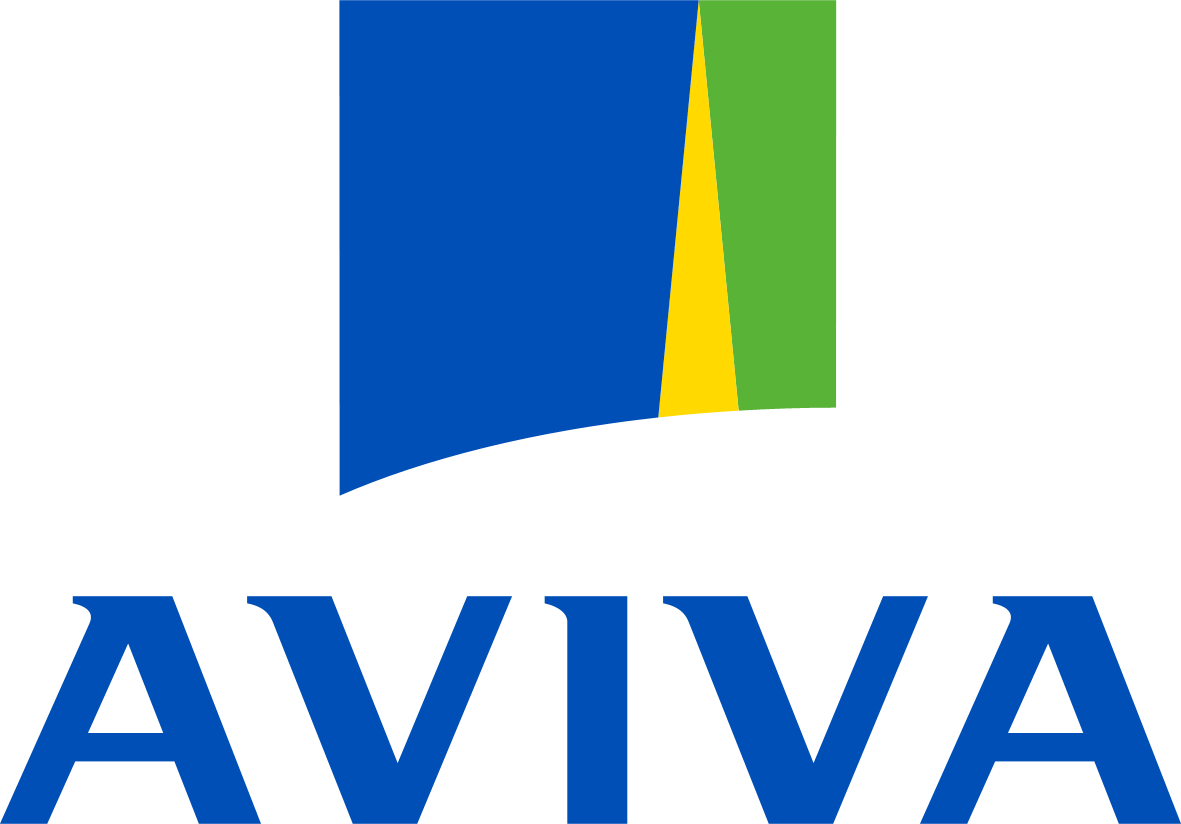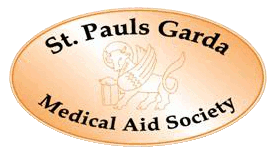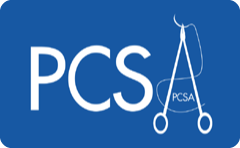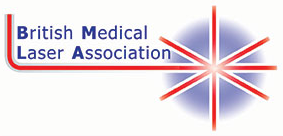 Download this information as a PDF
Download this information as a PDF
The technology of modern Microdermabrasion is not new. The basis of the current technology was developed in Italy in 1987. While popular in Europe for many years, it was not introduced into the U.S. until 1996 when the procedure received FDA approval. Kerry Skin Clinic have now introduced the new Chromoderm Microdermabrasion (MDB) unit to Ireland. Microdermabrasion or particle skin resurfacing has become popular because it is a safer, easier alternative to chemical peels or laser resurfacing. It is called “The Lunch Time Peel”, because of its quick, easy application and lack of recovery time.
Using positive pressure, the machine and a specially designed hand piece passes micro-fine crystals across the skin. As the crystals make contact, the top dead layers of skin, known as the stratum corneum, are exfoliated and then vacuumed away. The process rejuvenates the skin in a number of ways. The combination of skin exfoliation and slight vacuum stimulates fibroblasts to produce new healthy, living cells in the basal layer of the epidermis. This leads to cell turnover and improved blood flow.
Microdermabrasion should be performed in a progressive, rather than aggressive manner. Optimum results are obtained through a series of treatments, typically four to eight treatments, spaced seven to ten days apart. There is virtually no healing time required with Microdermabrasion. The average time for a complete cell regeneration and upward migration is 4-5 weeks. At the end of that time, you should see significant results.
Because Microdermabrasion is a progressive approach, initial treatments should be performed more conservatively. The level of exfoliation is controlled through vacuum, crystal flow and number of passes. More aggressive treatments can be performed depending on the client’s response, progress and needs. Treatments, over time, may require more aggressive approaches, using high settings or an increased number of passes to address localised areas of skin imperfection.
Aggressive treatments for acne scar removal and stretch marks involve considerable tissue removal and dermal invasion. This is beyond the licensure of most aestheticians and should be performed by a Laser Nurse or Doctor, specially trained in Microdermabrasion.
Benefits of Microdermabrasion
Today’s discerning consumer is looking for significant results and the prospect of an immediate return to normal lifestyle. A single Microdermabrasion treatment may remove as much stratum corneum as three 30% glycolic treatments, or a single 70% glycolic treatment.
The benefits of Microdermabrasion are substantial.
- Overall rejuvenation of skin health.
- Few side effects, none of them long lasting.
- No anaesthetic requirement.
- Reduction of minor to moderate early ageing fine lines.
- Stimulation of fibroblasts for collagen production.
- Scar revision. • Hyperpigmentation reduction (sometimes in combination with chemical lighteners).
- Enhanced penetration of carefully chosen topicals after treatment.
- No potential for adverse chemical irritation.
- May be performed during pregnancy.
- May be performed after surgery with appropriate adjustment of vacuum and/or crystal flow.
- No recovery or down time. Any residual erythema from a moderate peel may be camouflaged immediately.
- Hyperpigmentation risk is minimal, as no heat is generated during Microdermabrasion.
- Suited for all skin types.
- No hazardous chemicals.
Treatable Condition
Conditions that can be treated with microdermabrasion:
- Sun induced pigmentation, melasma, age spots.
- Whiteheads and blackheads
- Fine lines and minor wrinkles.
- Acne and blemishes.
- Enlarged/clogged pores.
- Flaking and dry skin.
- Excessive oiliness.
- Scar and callous reduction.
- Blending lasered and non-lasered areas after laser resurfacing.
- Pre-treatment for cosmetic surgery.

